What is a Refrigeration Ton + CALCULATIONS chiller hvac btu kw
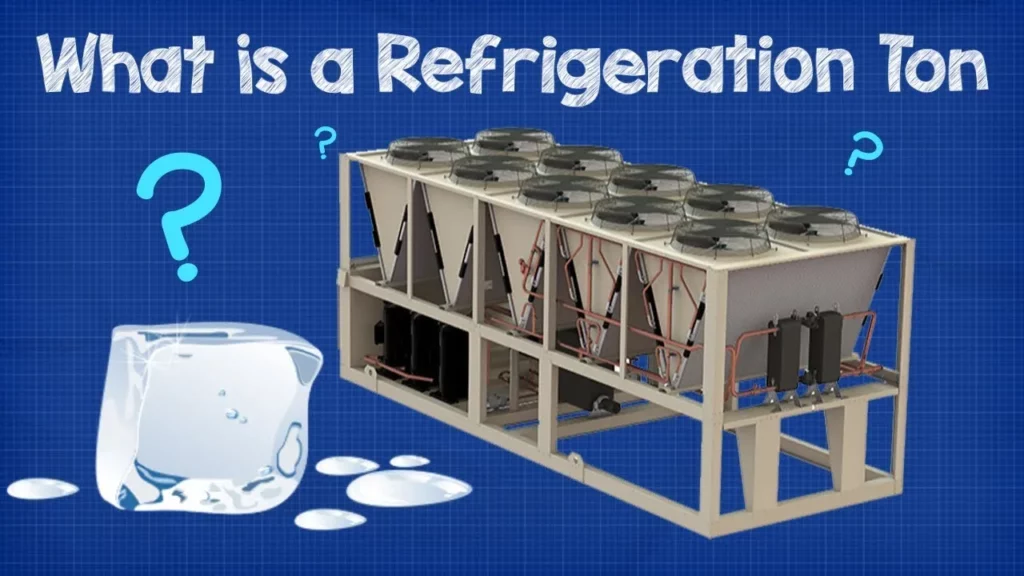
The lesson on “Understanding Refrigeration Tons” provides a comprehensive overview of the refrigeration ton as a unit of cooling capacity, tracing its historical origins and explaining its significance in HVAC systems. It details the calculation methods for determining refrigeration tons and converting them to kilowatts and BTUs, emphasizing the importance of these conversions for effective system design and evaluation. This foundational knowledge is essential for professionals in the refrigeration and HVAC fields to ensure efficient and appropriately sized systems.
Electric Motor Build – Make a simple electric motor
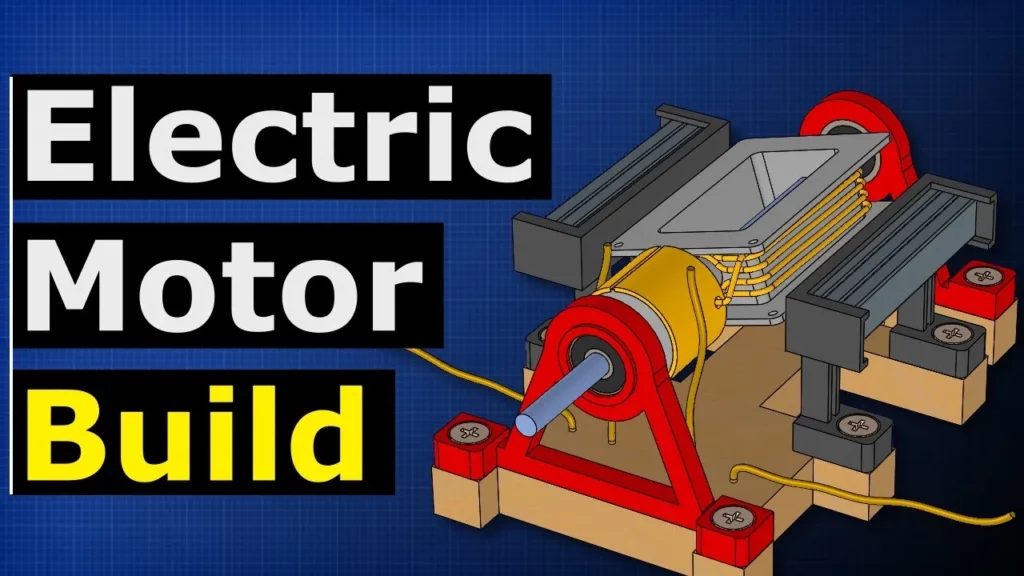
In this lesson, we learn how to build a simple electric motor while exploring the principles of electromagnetism and engineering. The motor operates by converting electrical energy into mechanical energy through the interaction of magnetic fields, facilitated by key components such as the rotor, stator, and commutator. By following the step-by-step instructions provided, students can create their own motor and experiment with various enhancements to improve its performance.
LED Circuit Design – How to design LED circuits
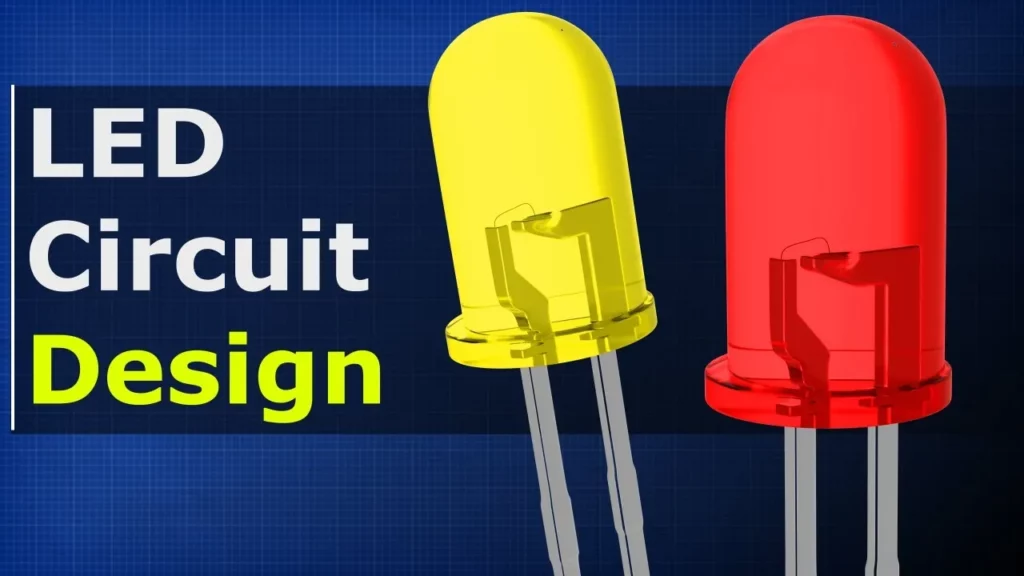
This lesson on LED circuit design explains the fundamental principles of connecting LEDs safely in a circuit, emphasizing the importance of using resistors to prevent damage from excessive current. It covers how to correctly connect LEDs, measure current and voltage, understand LED specifications, and the methods for connecting multiple LEDs in series or parallel. Additionally, it provides guidance on selecting the appropriate resistor values and encourages further exploration in electronics.
How Resistor Work – Unravel the Mysteries of How Resistors Work!

This lesson explores the fundamental role of resistors in electronic circuits, explaining how they control the flow of electricity and protect components like LEDs from damage. It covers the concept of resistance, the different types of resistors, their construction, and practical applications, including fixed and variable resistors. Through demonstrations, the lesson illustrates how resistors limit current and convert electrical energy into heat, emphasizing their importance in electronics.
Electronic Pressure Switches – How They Work
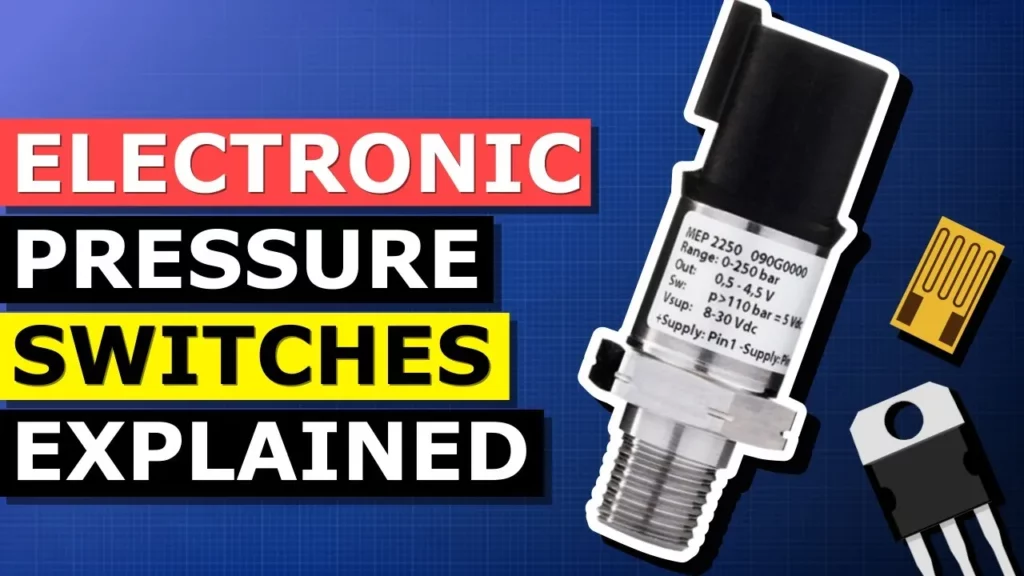
The lesson on electronic pressure switches highlights their importance in controls engineering, emphasizing their advantages over traditional mechanical switches, such as improved safety and reduced maintenance costs. It explains the functioning of pressure switches, their types (normally open and normally closed), and their applications in systems like refrigeration and air compressors. The lesson also contrasts mechanical and electronic pressure switches, detailing how electronic switches utilize solid-state components for enhanced reliability and efficiency in controlling devices.
Spiral Heat Exchangers Explained
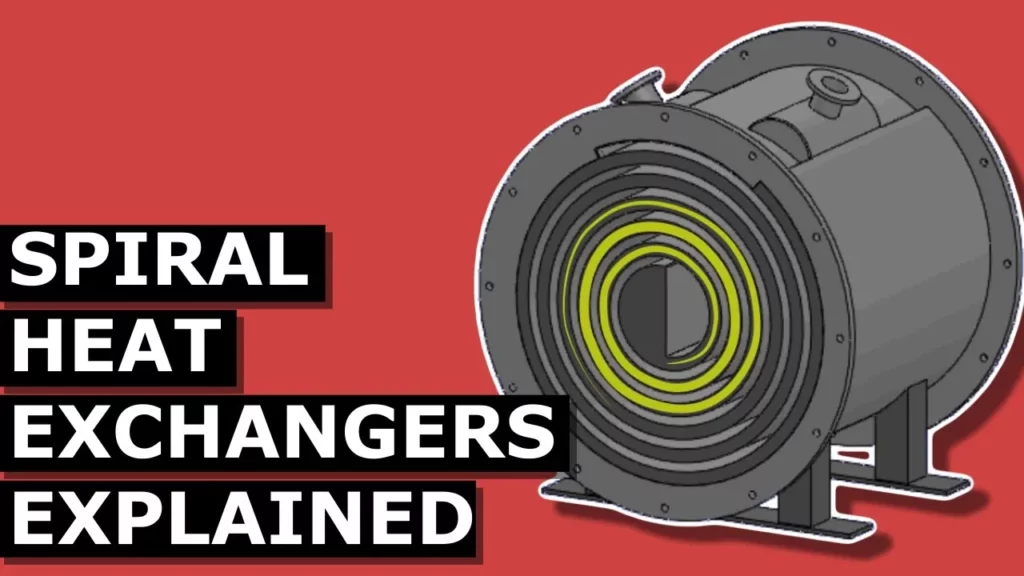
Spiral heat exchangers are specialized devices designed for efficient heat transfer between two fluids, featuring a unique spiral channel that keeps the fluids completely separated. Their single-channel design allows for high fluid velocity, reducing the risk of fouling, making them particularly effective for handling thick substances in applications like anaerobic digesters. While less common than other heat exchanger types, their robust construction and efficiency in challenging processes highlight their distinct advantages in industrial settings.
Chiller – Expansion Valve HVAC
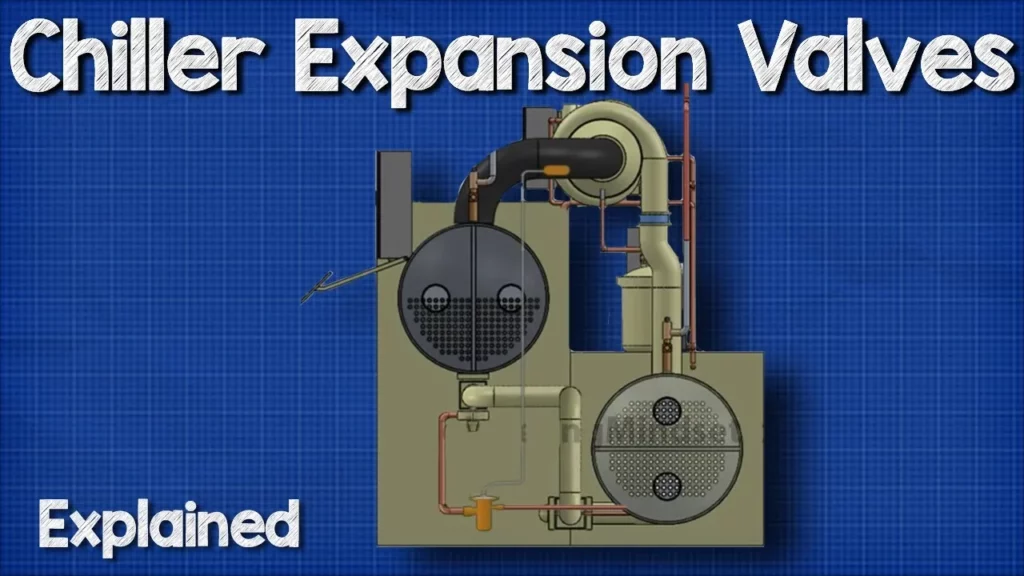
This lesson focuses on the importance of expansion valves in chiller systems, highlighting their role in regulating refrigerant flow between the condenser and evaporator to maintain optimal efficiency and protect the compressor. It discusses three main types of expansion valves—pilot-operated thermal, thermal, and electronic—each with distinct mechanisms for adjusting refrigerant flow based on superheat levels. Understanding these components is crucial for ensuring effective chiller operation and system performance.
Essential Chiller Terminology HVAC delta t
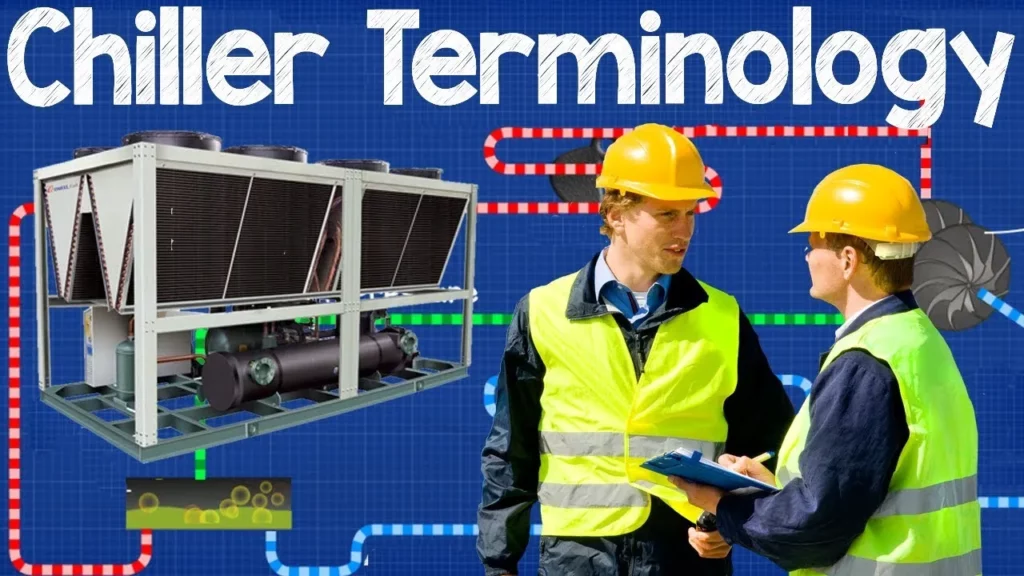
This lesson provides a comprehensive overview of essential chiller terminology within HVAC systems, focusing on key components and processes such as the refrigeration cycle, refrigerants, and various types of chillers. It explains the roles of critical elements like compressors, condensers, evaporators, and cooling towers, while also addressing concepts like capacity, efficiency, and flow rates. By familiarizing readers with these terms, the guide aims to enhance their understanding and fluency in the field of HVAC.
How Optocouplers work – opto-isolator solid state relays phototransistor
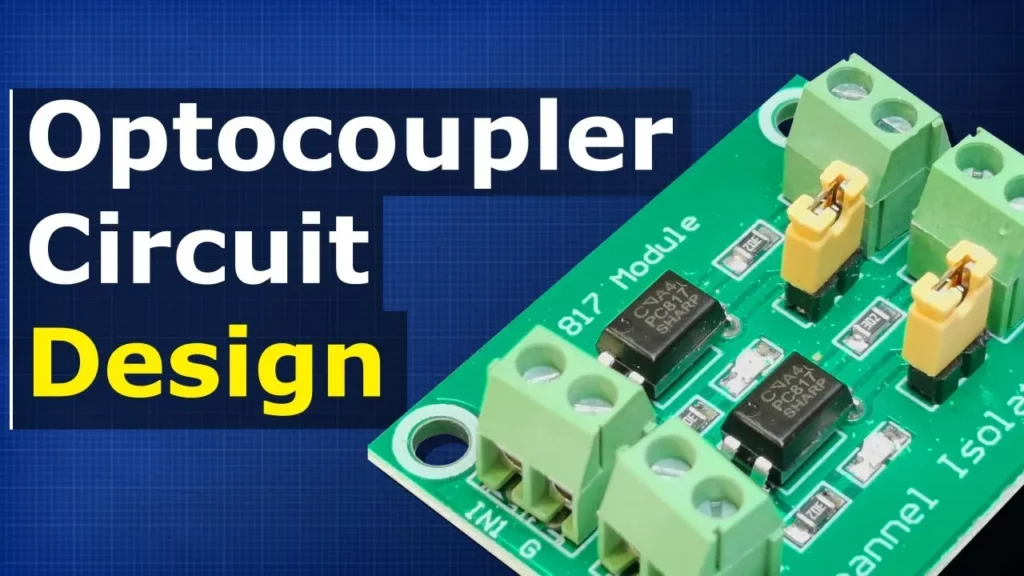
The lesson on optocouplers explains how these components, also known as opto-isolators, enable the control of separate electronic circuits while maintaining electrical isolation, which is essential for protecting against voltage spikes and noise. It details the structure and function of optocouplers, particularly focusing on phototransistors, which are activated by light emitted from an internal LED, allowing current to flow in a secondary circuit. Additionally, the lesson provides guidance on building simple circuits using optocouplers, demonstrating their practical applications in electronics.
How to use a multimeter like a pro! The Ultimate guide
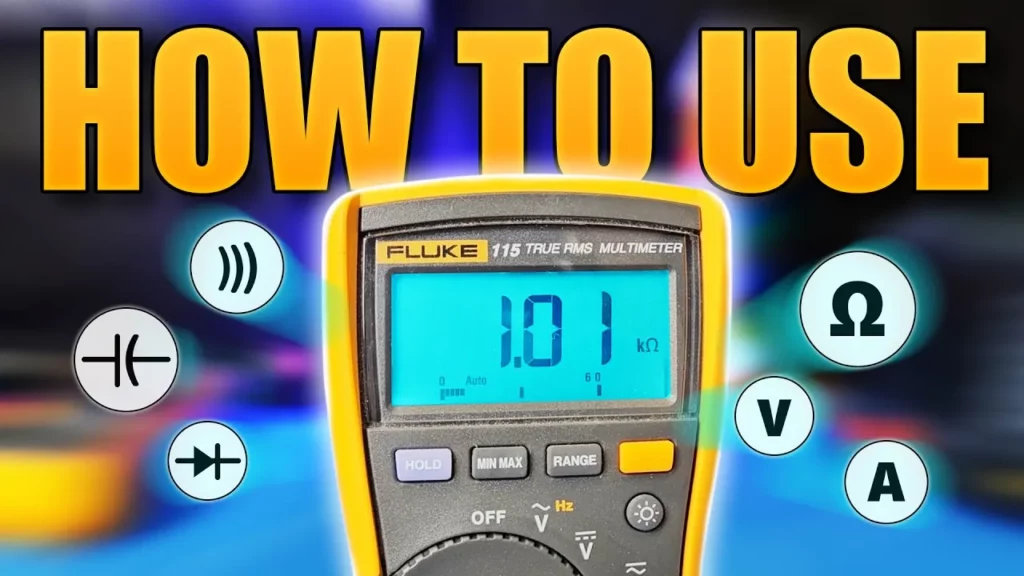
This lesson provides a comprehensive guide on how to effectively use a digital multimeter, emphasizing its basic functions such as measuring voltage, current, and resistance. It distinguishes between manual and auto range multimeters, detailing the steps for measuring DC and AC voltage, resistance, and current, while also highlighting additional features like continuity testing and measuring capacitance and temperature. By understanding these functions and safety precautions, users can confidently navigate and utilize multimeters in various electrical applications.